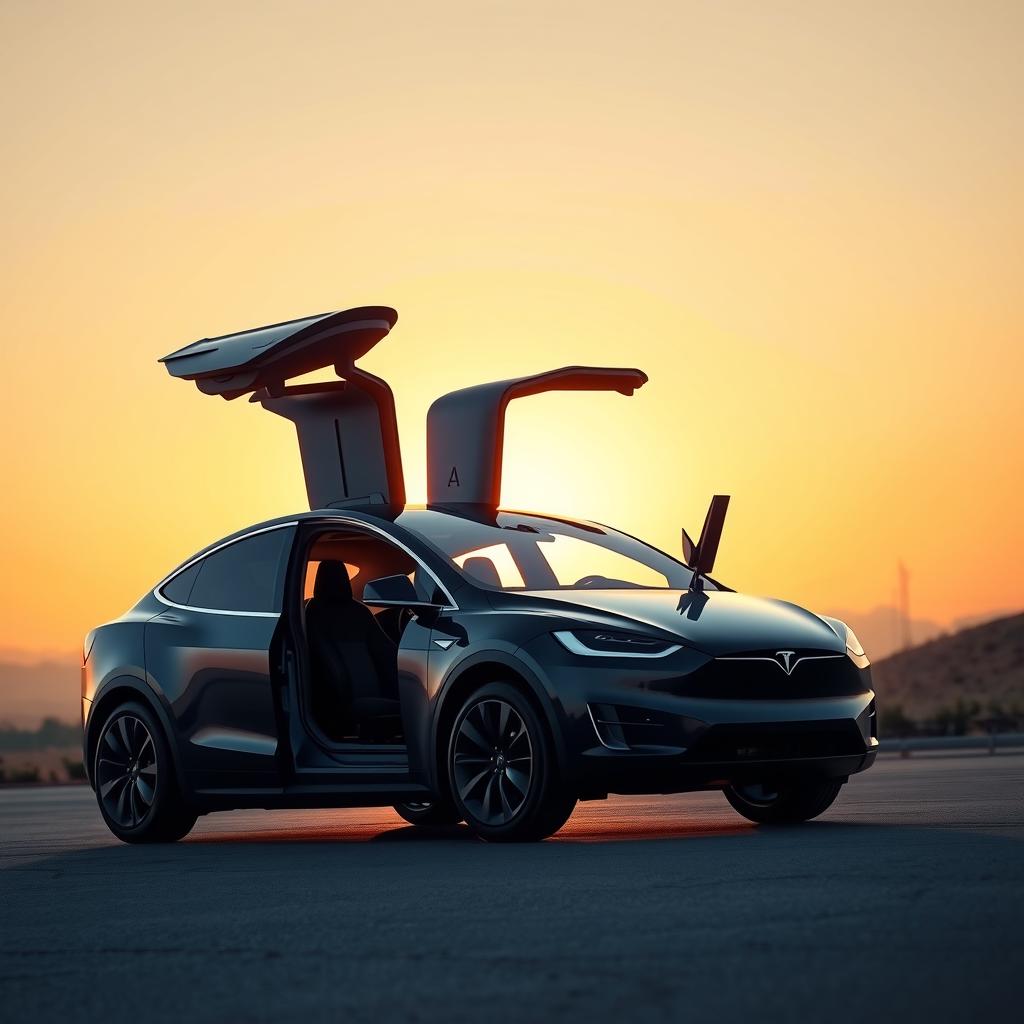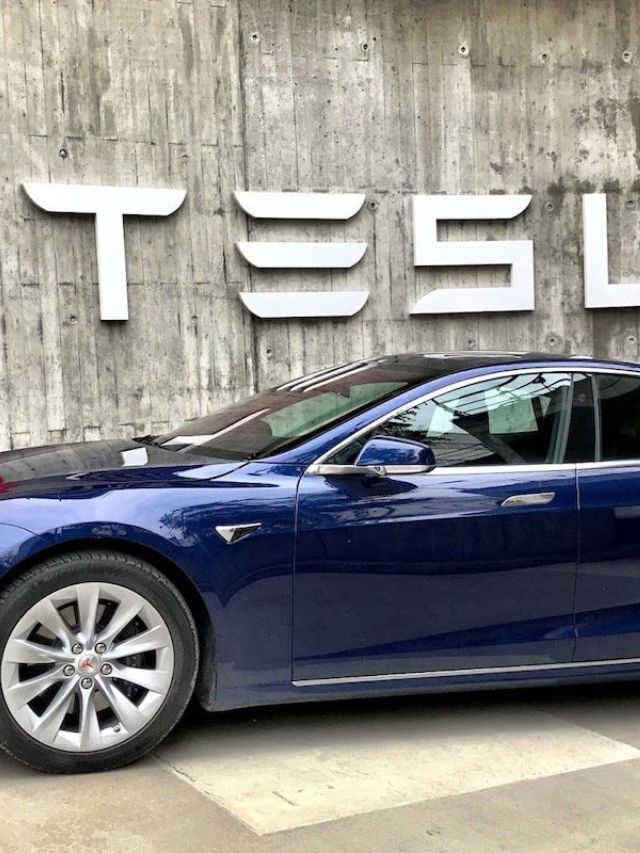Can A Tesla Car Drive Itself?
Can a Tesla car drive itself? That’s one of the biggest questions about Tesla’s cutting-edge technology.
Tesla is known for its advanced driver-assistance features, but does that mean a Tesla can fully drive itself without human intervention?
The Short Answer: Not Yet, But It’s Getting Closer
While Tesla’s Full Self-Driving (FSD) technology is highly advanced, it’s not fully autonomous yet. Current Tesla vehicles still require a driver to stay attentive and ready to take control.
What Self-Driving Features Does Tesla Have?
As of now, Tesla offers different levels of driver assistance:
1. Autopilot
- Standard on all Teslas.
- Includes Traffic-Aware Cruise Control (maintains speed and distance).
- Includes Autosteer (keeps the car centered in its lane).
2. Enhanced Autopilot (EAP)
- Optional upgrade.
- Includes Navigate on Autopilot (automated highway driving).
- Includes Auto Lane Change (switches lanes automatically).
- Includes Autopark (self-parking).
- Includes Summon (brings the car to you in parking lots).
3. Full Self-Driving (FSD) Beta
- Most advanced driver-assistance Tesla offers.
- Can navigate city streets and respond to traffic signals.
- Still requires driver supervision.
Can a Tesla Drive Without a Human?
Not yet. Tesla’s system is still classified as a Level 2 autonomous system, meaning it requires human supervision.
Levels of Autonomy:
| Level | Description | Does Tesla Have It? |
|---|---|---|
| Level 0 | No automation (fully manual driving). | No |
| Level 1 | Basic assistance (adaptive cruise control). | Yes |
| Level 2 | Partial automation (Autopilot, FSD Beta). | Yes |
| Level 3 | Conditional automation (hands-free driving in some situations). | No |
| Level 4 | High automation (drives itself in most conditions). | No |
| Level 5 | Full automation (no human needed at all). | No |
Teslas are currently at Level 2, meaning they can assist with driving but still require human attention.
Can a Tesla Drive Itself on the Highway?
Yes! With Navigate on Autopilot, Teslas can drive on highways with minimal human input.
What It Can Do:
- Merge onto highways.
- Change lanes automatically.
- Take highway exits.
What It Can’t Do:
- Handle complex city streets without driver input.
- Drive without human supervision.
Can a Tesla Stop at Red Lights and Stop Signs?
Yes! Full Self-Driving (FSD) Beta can recognize and stop at traffic signals.
However, the driver must confirm certain actions, like proceeding after a green light.
Can a Tesla Park Itself?
Yes! Tesla has two self-parking features:
1. Autopark
- Parallel and perpendicular parking.
- Detects parking spots and parks with minimal input.
2. Smart Summon
- Allows the Tesla to drive itself through a parking lot to pick you up.
- Limited range (~200 feet).
Can You Sleep While a Tesla Drives?
No! Teslas still require human supervision, so sleeping while the car is in motion is dangerous and illegal.
What’s Holding Tesla Back from Full Self-Driving?
Even though Tesla has advanced self-driving tech, there are still challenges:
1. Regulatory Approval
- Many governments don’t allow fully autonomous vehicles yet.
- Tesla needs to prove FSD is safe before getting approval.
2. Edge Cases
- Unexpected road conditions (construction, detours, pedestrians).
- Bad weather (heavy rain, snow) can impact cameras.
3. Driver Responsibility
- Right now, Tesla still requires the driver to be ready to take control.
FAQs About Tesla’s Self-Driving Capabilities
Can a Tesla drive itself without a driver?
No, Tesla vehicles still require human supervision.
What is the highest level of self-driving Tesla has?
Tesla’s FSD Beta is considered Level 2 autonomy.
Can a Tesla drive itself on the highway?
Yes, with Navigate on Autopilot, but it still requires driver attention.
Can a Tesla stop at red lights?
Yes, Full Self-Driving Beta recognizes and stops at traffic lights.
Can you sleep in a Tesla while it drives?
No! Tesla still requires human supervision at all times.
The Verdict: Can a Tesla Drive Itself?
No, but it’s getting close.
Tesla’s Autopilot and FSD Beta offer advanced driver assistance, but they are not fully autonomous yet. A human driver is still required to stay alert and ready to take over.

How Does Tesla’s Full Self-Driving (FSD) Work?
Tesla’s FSD system uses a combination of cameras, sensors, and artificial intelligence to navigate roads.
Key Technologies Behind FSD:
- Vision-Based AI: Tesla relies on cameras instead of LiDAR to detect surroundings.
- Neural Networks: Tesla’s AI constantly learns from real-world driving data.
- Dojo Supercomputer: Tesla’s AI training system improves FSD with massive data processing.
FSD is designed to improve over time through software updates.
How Much Does Full Self-Driving Cost?
As of 2024, Tesla offers FSD as a paid upgrade.
Pricing Options:
- Full Purchase: $12,000 (one-time payment).
- Subscription: $199/month for most Teslas.
FSD Beta is only available in certain regions and is subject to Tesla’s approval.
Can You Trust Tesla’s Self-Driving Features?
While Tesla’s self-driving features are impressive, drivers must remain alert.
Safety Measures:
- Hands-on Detection: Steering wheel sensors detect if the driver is paying attention.
- Driver Monitoring: Cabin cameras monitor if the driver is distracted.
- Emergency Braking: Tesla can automatically brake for obstacles.
Does Tesla’s FSD Work in All Conditions?
Not always. Tesla’s self-driving system has limitations in certain situations.
Challenging Conditions for FSD:
- Heavy Snow: Camera visibility is reduced.
- Heavy Rain: Water droplets can block cameras.
- Unmarked Roads: FSD struggles without clear lane markings.
While Tesla is constantly improving FSD, it’s not yet perfect.
What’s the Difference Between Tesla’s FSD and Other Self-Driving Systems?
Tesla isn’t the only company working on self-driving technology.
| Feature | Tesla FSD | Waymo | GM Super Cruise |
|---|---|---|---|
| Technology | Camera-based AI | LiDAR and sensors | Camera and radar |
| Level of Autonomy | Level 2 | Level 4 | Level 2 |
| Fully Driverless? | No | Yes (robotaxis only) | No |
While Tesla’s system is more widespread, companies like Waymo have more advanced autonomy in controlled environments.
When Will Tesla Achieve Full Autonomy?
Elon Musk has been promising full self-driving for years, but the timeline keeps shifting.
Challenges to Full Autonomy:
- Regulatory Approval: Many countries don’t yet allow full self-driving.
- Data Collection: Tesla needs more real-world driving data.
- Safety Standards: Tesla must prove FSD is safer than human drivers.
While Tesla is getting closer, full self-driving is still a work in progress.
FAQs About Tesla’s Self-Driving Capabilities
Can a Tesla drive itself without a driver?
No, Tesla vehicles still require human supervision.
What is the highest level of self-driving Tesla has?
Tesla’s FSD Beta is considered Level 2 autonomy.
Can a Tesla drive itself on the highway?
Yes, with Navigate on Autopilot, but it still requires driver attention.
Can a Tesla stop at red lights?
Yes, Full Self-Driving Beta recognizes and stops at traffic lights.
Can you sleep in a Tesla while it drives?
No! Tesla still requires human supervision at all times.
The Verdict: Can a Tesla Drive Itself?
No, but it’s getting close.
Tesla’s Autopilot and FSD Beta offer advanced driver assistance, but they are not fully autonomous yet. A human driver is still required to stay alert and ready to take over.

